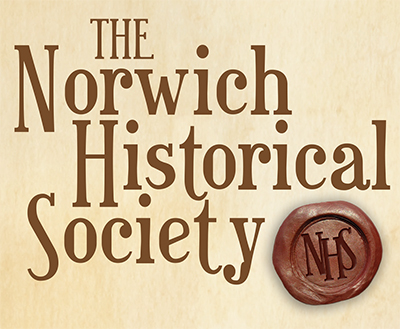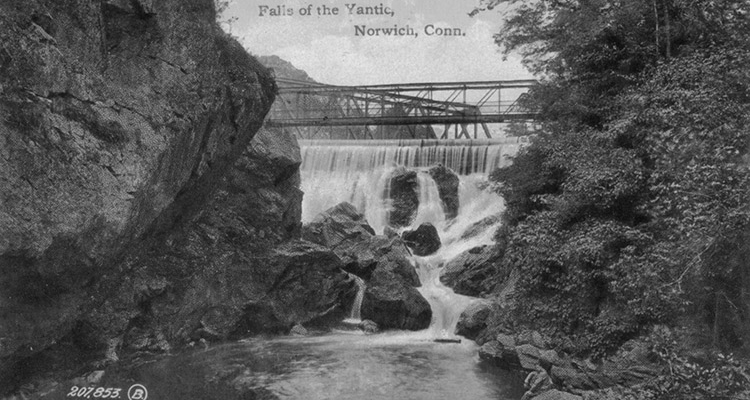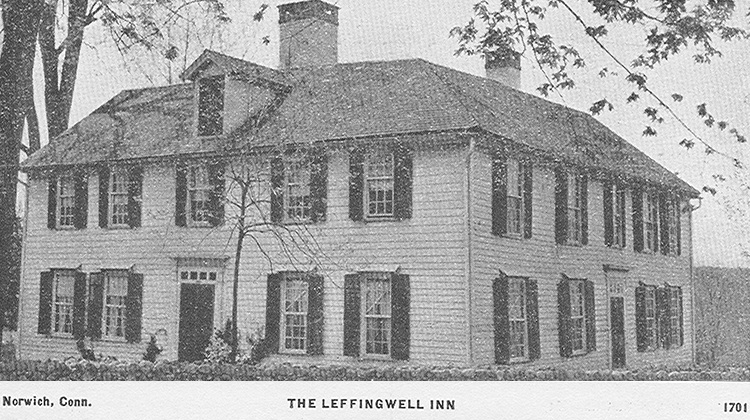The Mohegan Tribe was the original stewards of the land where the City of Norwich now stands. Norwich can trace its origins to the year 1659, when Chief Uncas gave a gift of 9 square miles of his native homeland to the immigrant people surrounding him.
Norwich is filled with significant historical places relating to the Mohegan Tribe such as Uncas Leap, the Mohegan Burial Ground, and the Miantonomo Monument is still extant today; hidden gems of the untold stories of how the city of Norwich was formed.
 Walk Norwich
Walk Norwich


